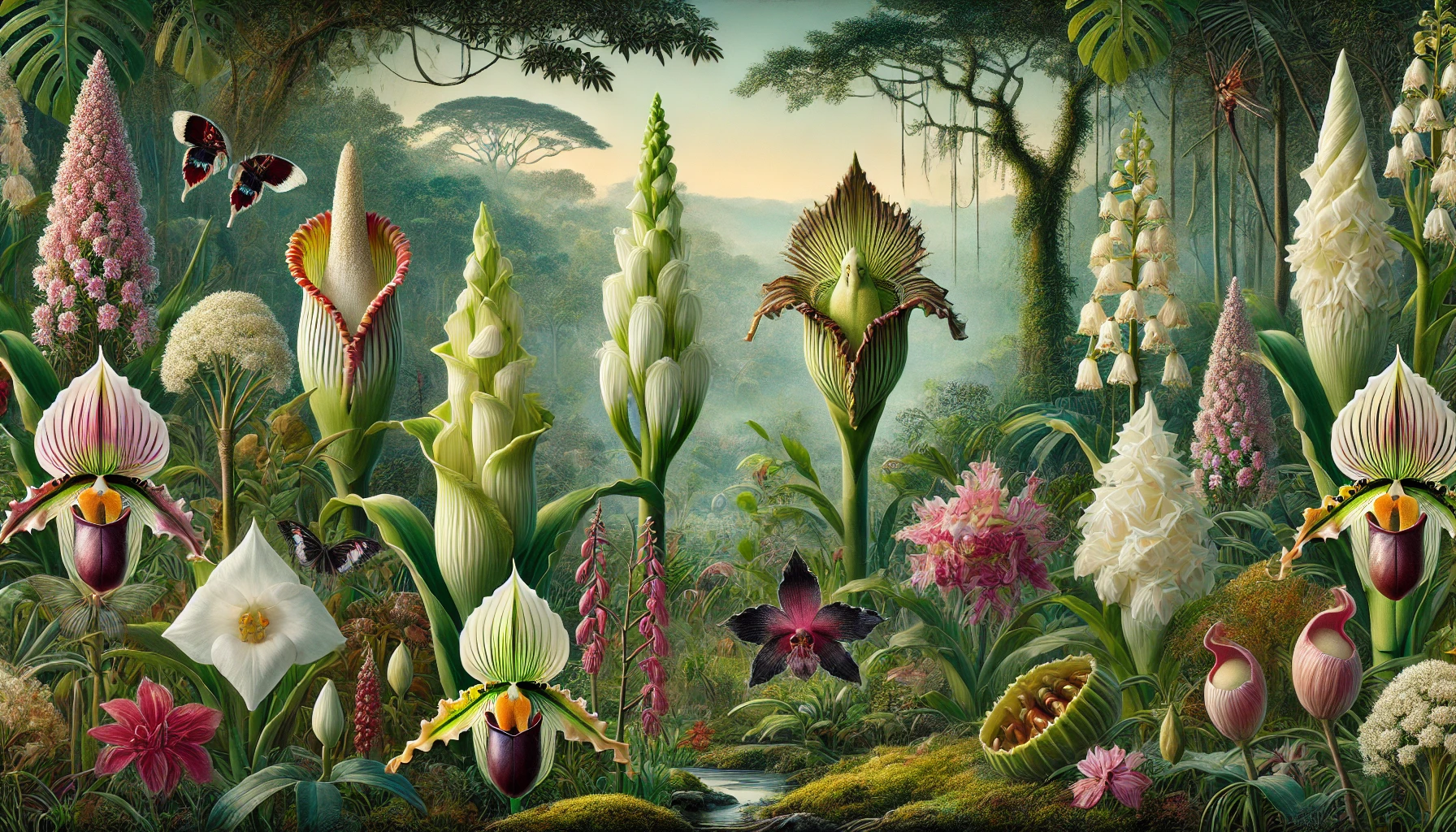Introduction to Flower Symbolism in Ancient Coinage
Coins are far more than just currency; they’re time capsules. Each intricate design etched on their surface whispers a story of ancient beliefs, values, and artistry. Among these captivating images, the presence of flowers stands out—delicate yet powerful symbols intertwined with human culture for millennia. But why were flowers imprinted on ancient coins, those enduring messengers of human history?
The Language of Blooms: Why Flowers on Coins?
Flowers have always spoken a universal language—one of love, power, and renewal. In ancient communities, they were more than ornamental; their symbolic significance rippled through art, religion, and even trade. Ancient coins, designed to circulate far and wide, often bore floral motifs to convey divine favor, national identity, or agricultural abundance.
Picture this: a Roman denarius adorned with a delicate sprig of olive, signaling peace and prosperity. Or an ancient Greek coin boasting the intricate petals of a lotus, a symbol of rebirth and purity. These weren’t random choices—they were deliberate messages, carefully chosen to echo the aspirations of a civilization.
- Olive branches for harmony and truce in times of war.
- Lotus blossoms celebrating spiritual awakening and eternity.
- Roses, often linked to Aphrodite, radiating beauty and love.
Each bloom transformed metal into a canvas of meaning, ensuring that even the smallest coin carried the soul of its society.
Historical Context of Floral Representations on Coins
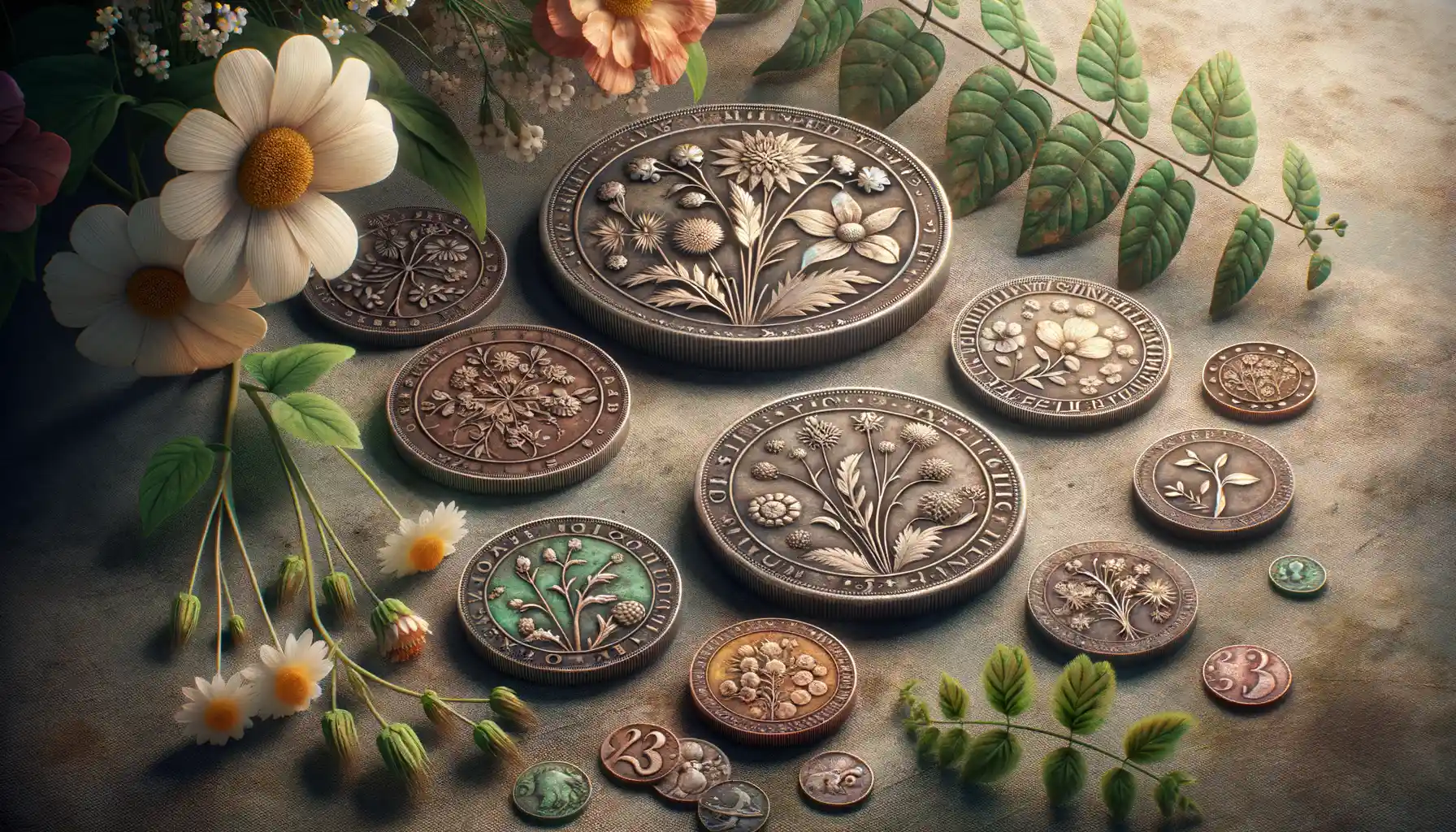
The Role of Flowers in Shaping Ancient Narratives
Imagine holding an ancient coin, weathered by centuries, and spotting the delicate outline of a flower etched into its metal. What might it whisper about the world that birthed it? In many ancient civilizations, flowers weren’t just decorative details—they were storytellers. Coins, traded from bustling markets to remote outposts, carried these floral symbols like miniature cultural ambassadors.
What’s truly fascinating is how each bloom wasn’t chosen at random. Take ancient Greece, for instance: the inclusion of the sacred olive branch, symbolizing peace and prosperity, on coins wasn’t just art—it was a declaration of identity in an unpredictable world. Over in Persia, intricate representations of the lotus spoke of purity and spiritual awakening, tying their economy to divine favor.
- Flowers symbolized alliances—like wreaths marking athletic victories in Olympia.
- They conveyed power and lineage, boasting of rulers’ divine connections.
Coins became more than currency; they were intimate tapestries of belief systems, political aspirations, and even love stories. Each petal pressed into those surfaces whispered ambitions far bigger than their size.
Floral Imagery as Silent Diplomacy
These tiny botanical symbols often crossed borders without a word. For example, Roman coins featuring roses, tied to Venus, hinted at beauty and fertility across cultures. Offering such a coin might have been a subtle gesture, an olive branch (pun intended!) extended through trade routes.
Each flower carried weight, not just artistically but emotionally, bridging cultures and leaving behind timeless echoes of unity and creativity.
Specific Flowers and Their Meanings in Ancient Cultures
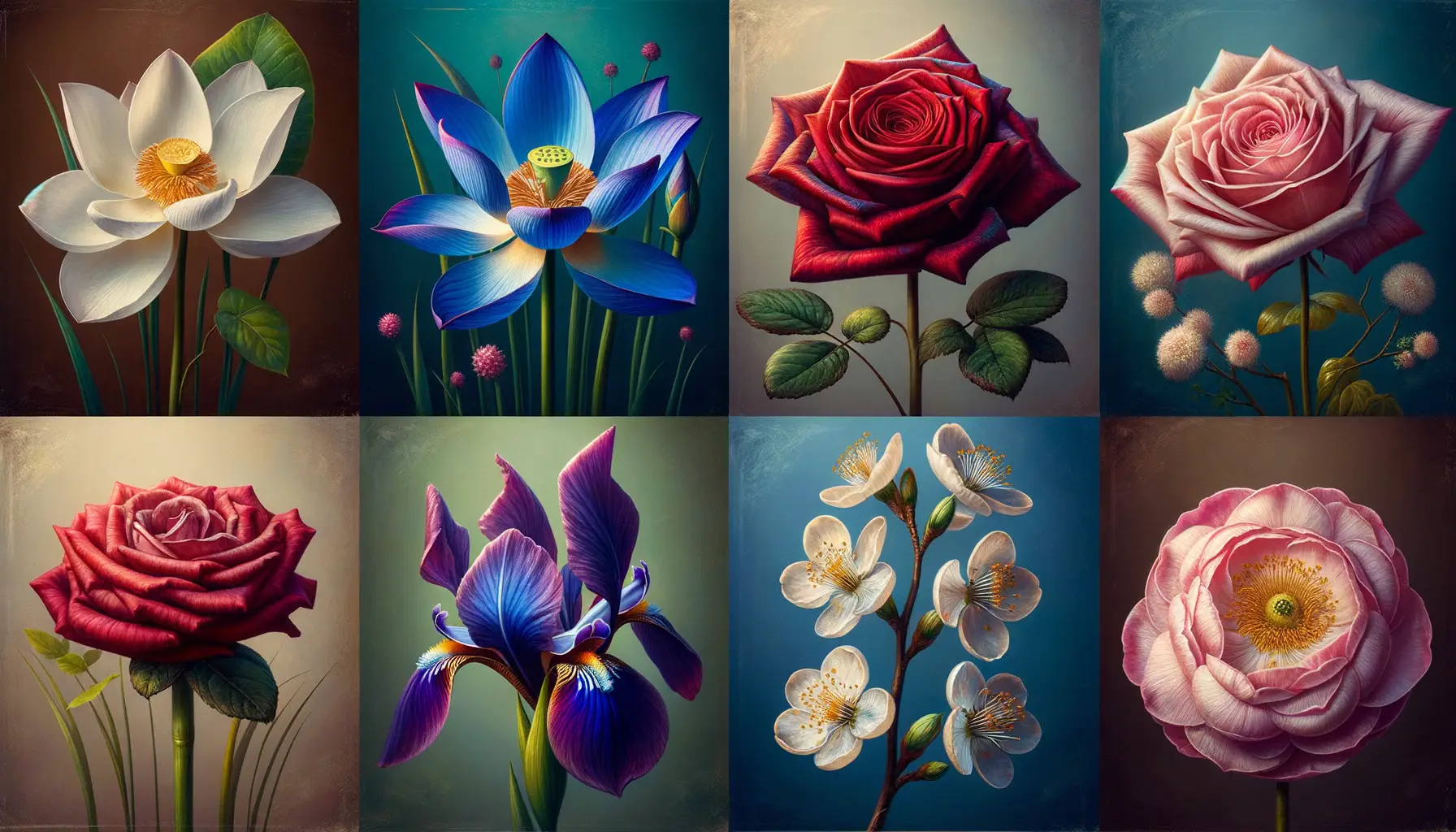
The Whisper of the Lotus in Ancient India
The lotus wasn’t just a flower in ancient India; it was poetry etched into petals. Revered in Hinduism and Buddhism, the lotus symbolized purity rising above adversity—like its delicate blooms floating serenely on murky waters. Picture this: on ancient coins, the lotus wasn’t merely decorative; it was an emblem of divine beauty and spiritual awakening. Kings and emperors chose it to anchor their legacy in something eternal.
In some depictions, coins showed fully bloomed lotuses symbolizing enlightenment, while buds hinted at potential yet to unfold. This wasn’t random—it reflected India’s deeply philosophical outlook, teaching that, like the lotus, even in the messiness of human life, one could blossom.
From Rome to Egypt: A Garland of Meaning
In ancient Rome, the delicate rose often graced coinage, signifying secrecy (think “sub rosa”) and love. Romans believed the rose bridged worlds—blooming for the living yet bittersweetly tied to death.
Meanwhile, in Egypt, the blue lotus carried an almost hypnotic allure. It was linked to the sun god Ra and symbolized rebirth. Why? Because this aquatic marvel closed at night, only to reopen at dawn—a daily reminder of life’s cyclical nature.
- Blue lotus: cycles of renewal and eternity.
- Rose: passion, secrecy, and the fragility of life itself.
- Lotus in India: purity emerging untainted by its surroundings.
Artistic Techniques and Design of Floral Motifs on Coins
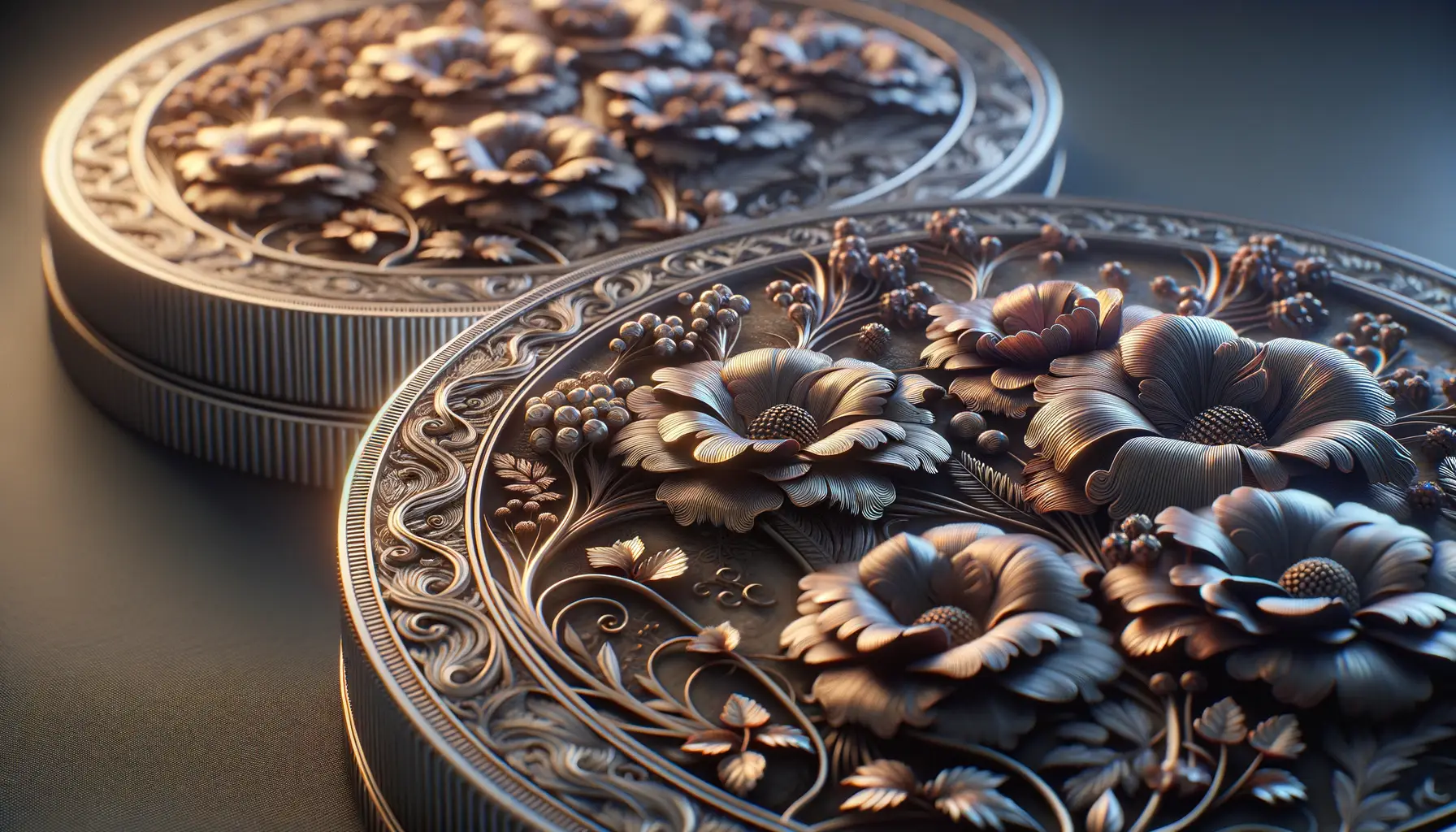
Crafting Beauty: The Artistic Flair Behind Floral Coin Motifs
Coins may be small and sturdy, but when it comes to artistic technique, they become miniature canvases brimming with life. Have you ever noticed the intricate curves of a vine or the delicate veins in a leaf on an ancient coin? These details weren’t just casually added—they were painstakingly engraved by artisans who married utility with artistry.
To capture the essence of a flower, engravers often relied on a mix of innovation and tradition:
- **High relief engraving** brought petals and stems to life, making them seem as though they could flutter in the wind.
- **Repetitive patterns** formed wreaths or garlands, evoking ceremonial or divine connections.
- Naturalistic techniques, like shading through fine lines, added depth and texture, transforming flat metal into lush fields of design.
The Hidden Codes in Floral Designs
Each petal, curve, and flourish didn’t exist solely for beauty. Some coins featured stylized blooms that symbolized strength or governance. A tiny lotus etched onto an ancient Indian coin, for instance, wasn’t merely decorative—it stood for **purity and cosmic renewal**. Meanwhile, in Greek coins, olive branches were meticulously designed to echo Athena’s wisdom and peace, subtly reminding citizens of their protector.
Such floral motifs were whispers from the past, encoded messages skillfully tucked into every coin—proving that even the smallest details carry monumental meaning.
Legacy and Modern Interpretation of Floral Symbols in Numismatics
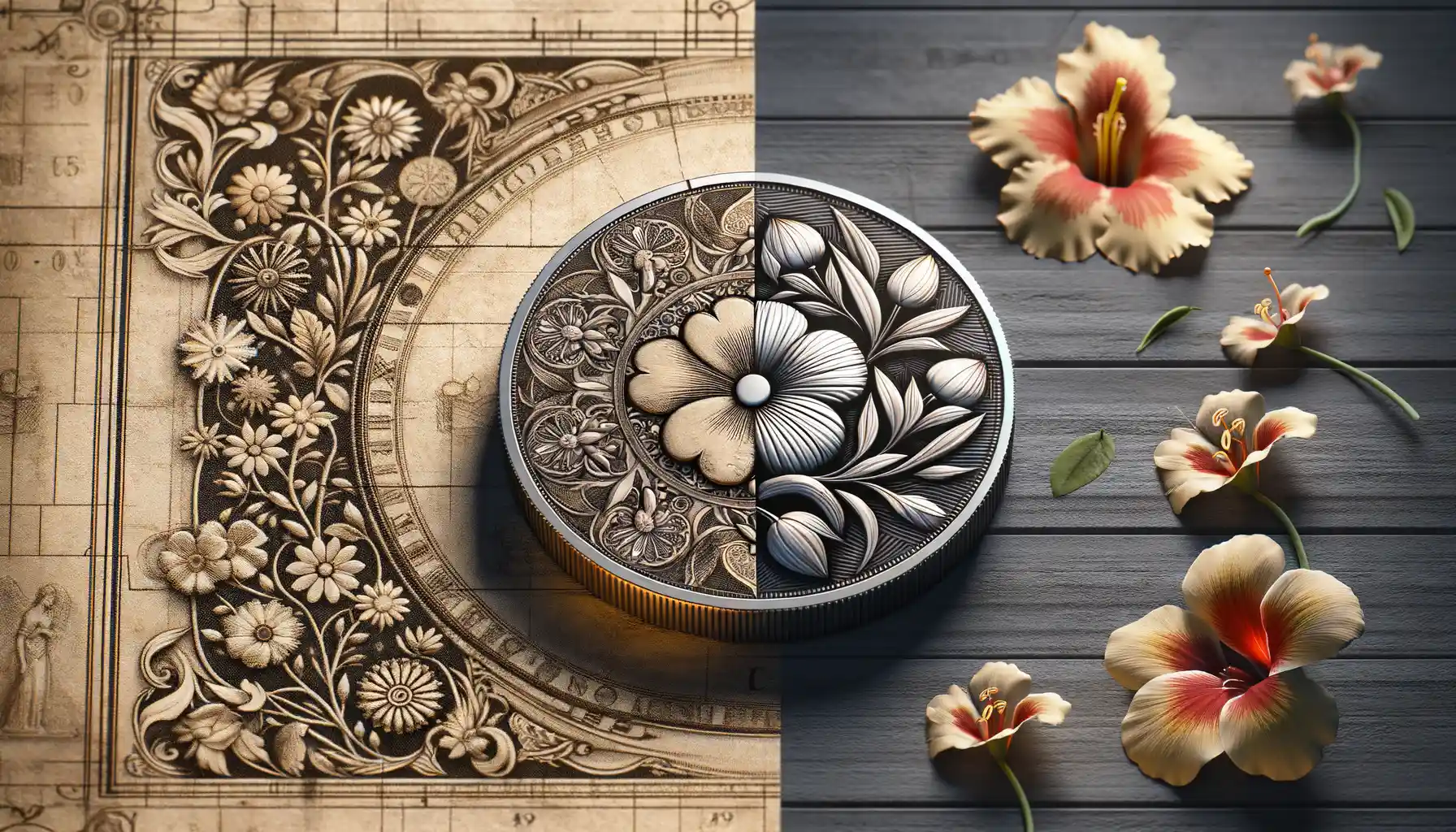
From Ancient Messages to Modern Meanings
Imagine holding an ancient coin, its weathered surface revealing a delicate engraving of a lotus or an olive branch. These floral symbols weren’t just pretty embellishments—they carried their own silent stories. Today, those whispers from the past still resonate, reimagined in modern numismatics.
Contemporary coin designs often channel this historical connection. Consider the timeless beauty of the chrysanthemum, etched onto Japanese yen coins, symbolizing renewal and imperial lineage. Or take Canada’s vibrant circulation coins featuring the maple leaf—both a botanical icon and a national emblem. These designs feel like time capsules, merging ancient reverence for nature with contemporary cultural pride.
- Olive branches: From war-torn Roman republics to today’s peace-themed commemorative coins, the longevity of this symbol is astounding.
- Lotus flowers: Favored by ancient Indian dynasties, its spiritual significance still blooms on temple-inspired collector coins.
A New Language of Creativity and Heritage
Modern mints are not simply reproducing old motifs—they’re reinventing them. With advanced techniques like micro-engraving, colors, and holograms, floral designs now shimmer with new dimensions. They aren’t just tools of commerce; they’re tiny monuments of art, culture, and creativity.
Collectors and enthusiasts may argue: Is it nostalgia driving this trend—or an innate human need to connect with the natural world? Either way, these coins feel alive, carrying stories that transcend borders and centuries. Don’t you think they’re miniature masterpieces in your pocket?


